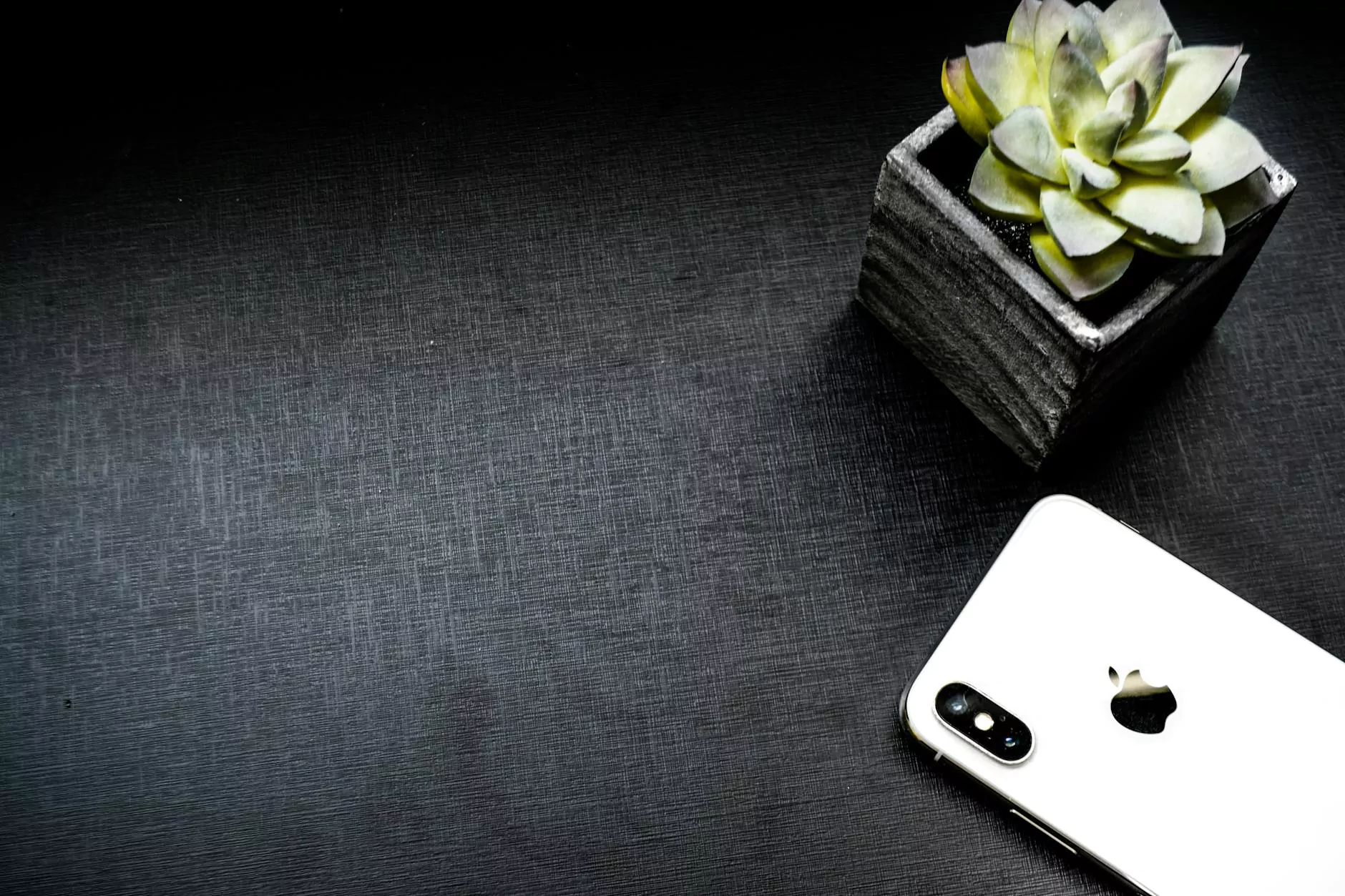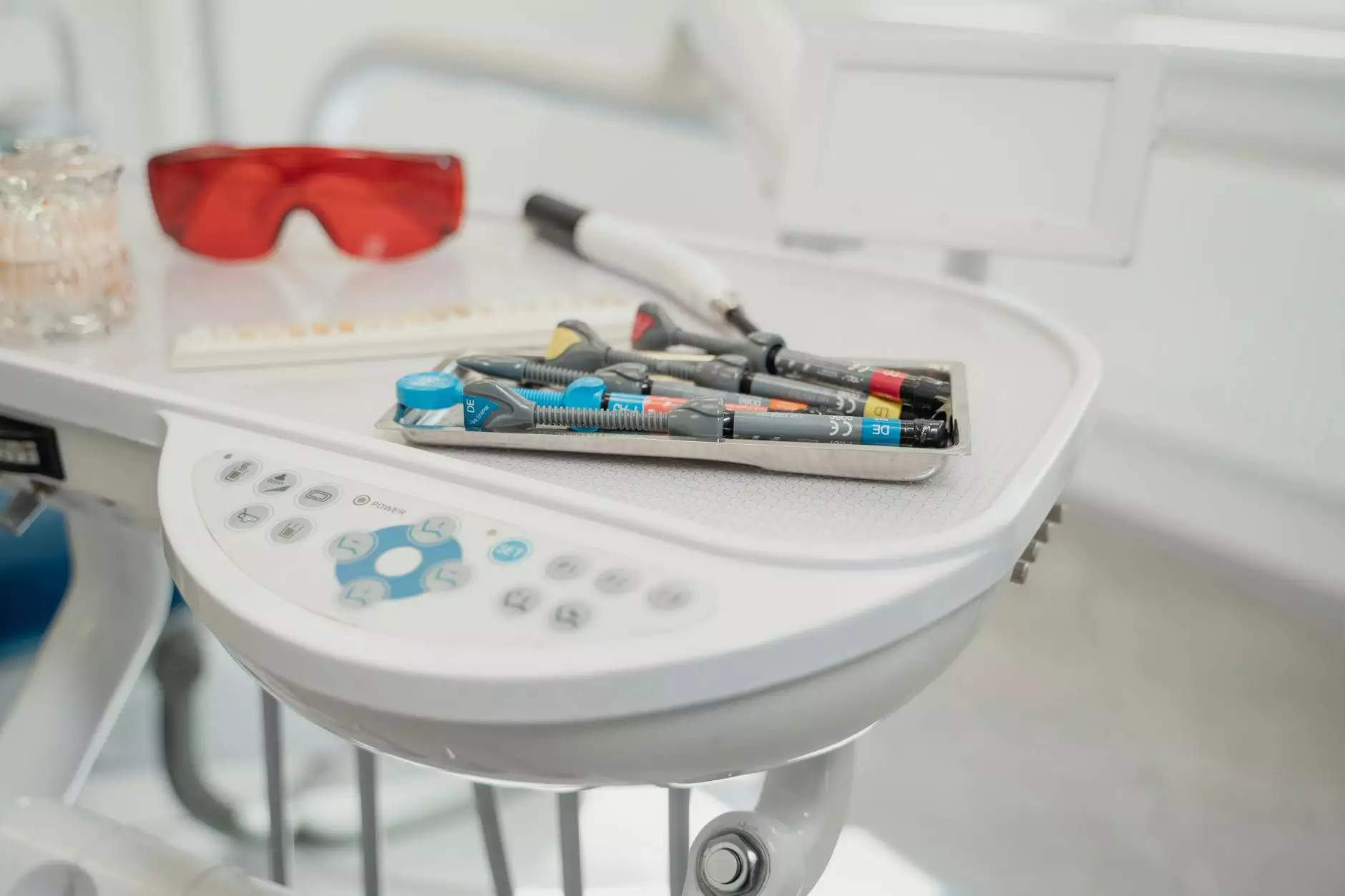Understanding Swelling in Left Ankle Only: Causes, Treatments, and When to See a Doctor

Experiencing swelling in the left ankle only can be a concerning symptom for many individuals. This condition can arise due to a variety of reasons, including injuries, underlying health conditions, and even lifestyle factors. In this comprehensive guide, we will delve into the various aspects of left ankle swelling, including its potential causes, treatment options, and the importance of seeking medical attention when necessary.
What Causes Swelling in the Left Ankle Only?
To effectively address ankle swelling, it is essential to first understand its causes. The swelling in the left ankle only can be attributed to several factors:
- Injuries: Sprains, fractures, or strains can cause localized swelling. If you have recently twisted your ankle or sustained an injury, it may result in swelling.
- Infection: An infection in the ankle joint or surrounding tissues can lead to inflammation and swelling. Common symptoms may include redness and warmth in the affected area.
- Venous Insufficiency: When leg veins are unable to pump blood back to the heart effectively, fluid can accumulate in the lower extremities, resulting in swelling.
- Lymphedema: Damage to the lymphatic system can cause fluid retention, leading to swelling in the affected limb.
- Kidney or Heart Conditions: Underlying health issues such as kidney disease or heart failure can manifest as localized swelling in the ankles, particularly on one side.
- Gout: This type of arthritis is characterized by sudden and severe pain, often accompanied by swelling in joints, including the ankle.
- Blood Clots: Deep vein thrombosis (DVT) can lead to swelling in one ankle, necessitating immediate medical attention.
- Medications: Certain drugs can lead to fluid retention and swelling in the extremities as a side effect.
Symptoms Associated with Swelling in the Left Ankle Only
Identifying additional symptoms that may accompany the swelling in the left ankle is crucial in determining its cause. Common symptoms include:
- Pain: You may experience varying levels of pain, from mild discomfort to severe pain when moving the ankle.
- Restricted Mobility: Swelling often limits the range of motion in the affected ankle.
- Skin Changes: Check for redness, warmth, or discoloration in the skin surrounding the swollen ankle.
- Fever: If swelling is due to an infection, you might experience fever and chills.
- Hardness: The swollen area might feel firm or hard to the touch, indicating potential underlying issues.
When to Seek Medical Attention for Swelling in the Left Ankle Only
Recognizing when to seek medical care is essential for managing your health effectively. You should consult a healthcare professional if you notice:
- Sudden Onset: Swelling that appears suddenly may indicate a serious condition that requires immediate attention.
- Severe Pain: Intense pain, especially if accompanied by swelling, could suggest a fracture or other serious injury.
- Accompanied Symptoms: If swelling occurs with fever, chills, or rash, prompt medical evaluation is crucial.
- Persistent Swelling: If swelling does not subside after a few days of home treatment, it is wise to seek further evaluation.
- Difficulty Breathing: Signs of breathing difficulties alongside ankle swelling may indicate a serious condition like a blood clot.
Diagnosis of Swelling in the Left Ankle Only
To accurately diagnose the cause of your ankle swelling, your doctor will usually proceed with the following:
- Medical History: Discussing your symptoms, medical history, and recent activities will provide critical information for your healthcare provider.
- Physical Examination: A thorough examination of the swollen ankle, looking for signs of injury, infection, or other abnormalities.
- Imaging Tests: X-rays, MRI, or ultrasound may be necessary to determine the underlying cause of swelling.
- Blood Tests: Tests to check for infection, kidney function, or other systemic issues may also be indicated.
Treatment Options for Swelling in the Left Ankle Only
Treatment options for ankle swelling will vary based on the underlying cause. Here are common approaches:
R.I.C.E Method
The R.I.C.E method (Rest, Ice, Compression, Elevation) is often effective for minor ankle injuries:
- Rest: Avoid putting weight on the affected ankle.
- Ice: Apply ice packs to reduce swelling and numb pain.
- Compression: Use compression wraps or bandages to control swelling.
- Elevation: Keep the ankle elevated above heart level to reduce fluid accumulation.
Medications
Your doctor may prescribe:
- NSAIDs: Nonsteroidal anti-inflammatory drugs to reduce pain and swelling.
- Diuretics: If fluid retention is a concern, diuretics can help remove excess fluid from the body.
- Antibiotics: If an infection is present, antibiotics may be required.
Physical Therapy
If your swelling is due to an injury, your doctor may recommend physical therapy to improve strength, flexibility, and mobility.
Procedures
In some cases, more invasive treatments may be necessary:
- Surgery: In the case of severe injuries, surgery may be required to repair damaged ankle structures.
- Drainage: If there is significant fluid build-up, your doctor may drain the excess fluid to relieve pressure and discomfort.
Preventive Measures for Swelling in the Left Ankle Only
Preventing ankle swelling is often possible by adopting some simple lifestyle changes:
- Stay Active: Regular exercise can improve circulation and help prevent swelling.
- Weight Management: Maintaining a healthy weight can reduce pressure on your ankles.
- Proper Footwear: Wear supportive shoes to reduce the risk of injuries.
- Hydration: Drink plenty of water to help prevent fluid retention.
- Avoid Prolonged Sitting or Standing: Take breaks to move around if you have a job that requires long periods of sitting or standing.
Conclusion
Understanding the reasons behind swelling in the left ankle only is crucial for timely and effective treatment. Whether it's due to an injury, an underlying medical condition, or lifestyle factors, recognizing the symptoms and knowing when to seek help can make a significant difference in your recovery journey. If you experience persistent or severe swelling, it is essential to consult with a healthcare professional to ensure proper diagnosis and treatment.
At Truffles Vein Specialists, we are committed to providing you with comprehensive care and expertise in vascular medicine. If you have concerns about your health, particularly related to swelling in the left ankle or any other symptoms, do not hesitate to reach out to our team for a detailed consultation.
swelling in left ankle only


